The U.S. Patent and Trademark Office on Tuesday granted Apple a modified version of a property covering solar panel integration in portable devices, widening the invention's reach to cover electronics with transparent multitouch screens like the iPhone.
As first reported by AppleInsider last February, Apple's invention for integrating solar panels into touch-sensing components in a portable device were somewhat limited in scope. At the time, the patent was directed mainly at multimedia players like the iPod.
With Apple's U.S. Patent No. 8,730,179 for an "Integrated touch sensor and solar assembly," the company offers an alternate take on an hybrid solar system that can be disposed beneath a large touch panel and even flexible displays.
Described in the document is a hybrid system in which one or more touch sensor and one or more solar panel layers are integrated into a single stack-up, thus saving space for deployment in tight areas like an iPhone's chassis.
The basic design uses a transparent double-sided ITO (DITO) substrate overlaid atop a solar panel cell array, which then translates light energy into electricity that can be stored in the onboard battery. A modification to the original property includes an arrangement in which a flexible single-sided ITO (SITO) substrate can be employed over a similarly flexible polymer solar cell panel.
Unlike the previous version of the invention, the solar panel may be mounted face-down in the stack-up, meaning it would be facing away from the user and back into the device. Due to this change, in some embodiments, the solar panel cannot act in an "optical sensing mode" where the array itself could be used instead of, or in concert with, the capacitive touch layer.
When facing away from the touch sensor array, the solar panel must have light piped into the device via light channels. As stated in the patent's claims, the light channel system can be either a parabolic reflector or fiber optics.
In the case of a parabolic reflector or mirror type solution, light collected from around the touchscreen area is bounced onto the solar array. As seen above, the back surface of the touch sensor layer can be made reflective to maximize the amount of light absorbed by the solar panel.
Various methods can be employed to allow the passage of light through the front face of the device and into the chassis including light channels disposed around the touchscreen. Alternatively, fiber optics can be used to bend light from the surface back into the device housing and finally on to the rear-facing solar panels.
It is unclear if Apple will inevitably use the above technology in a production model iPhone or iPad. With consumers demanding increasingly thin device designs while at the same time asking for power-hungry high-resolution screens, handset makers face a challenge in producing batteries to fit the task. For example, Apple is rumored to be having issues with fitting a suitable power cell into the larger version of its next-generation iPhone.
Although a completely solar-power iPhone is unlikely to show up on store shelves anytime soon, the tech would be useful in boosting power reserves and supporting the main battery cell to extend usage time.
Apple's integrated touchscreen and solar panel patent was first filed for in 2008 and credits Michael Nathaniel Rosenblatt, Benjamin Lyon, John Benjamin Filson, Steve Porter Hotelling, Gordon Cameron and Cameron Frazier as its inventors.
 Mikey Campbell
Mikey Campbell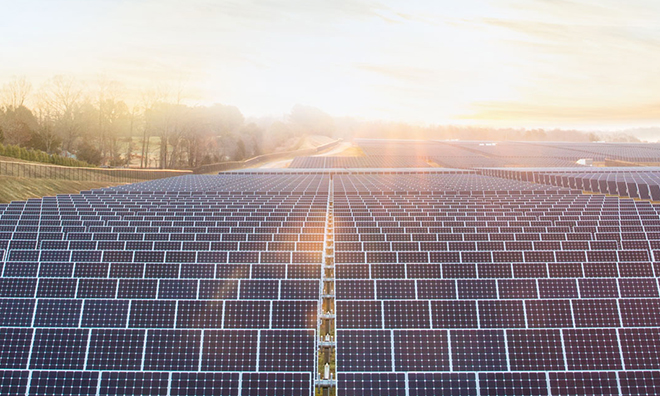


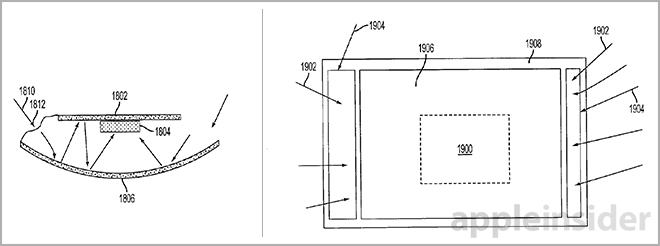
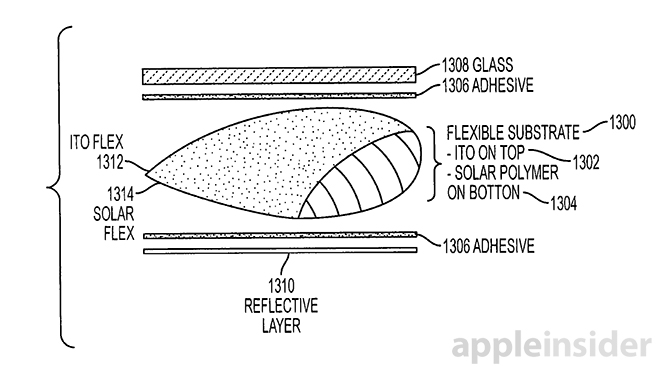



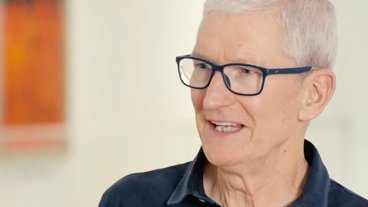



-m.jpg)






 Christine McKee
Christine McKee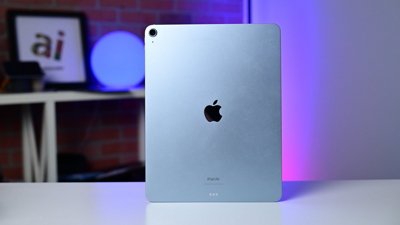
 Andrew Orr
Andrew Orr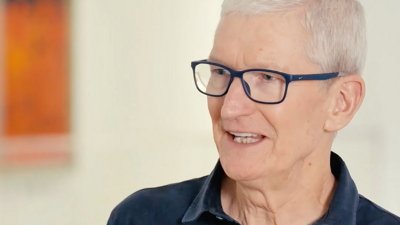
 William Gallagher
William Gallagher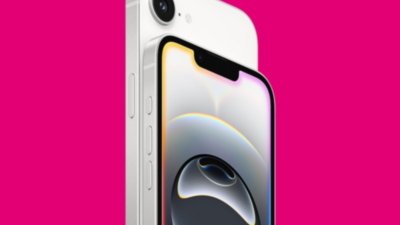
 Sponsored Content
Sponsored Content
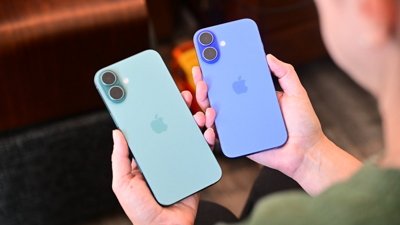
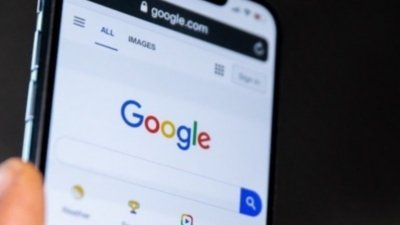
 Malcolm Owen
Malcolm Owen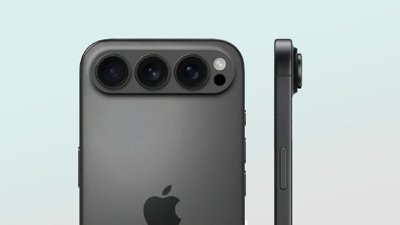









9 Comments
Solar powered iPhone. Nice.
A flexible solar cells layer is a critical component of iWatch. Together with the LuxVue display technology, this will make the Apple difference and will allow for a great display with a long battery life.
[quote name="Bobleh" url="/t/179837/apple-updates-solar-patent-to-include-multitouch-flexible-displays#post_2536461"]A flexible solar cells layer is a critical component of iWatch. Together with the LuxVue display technology, this will make the Apple difference and will allow for a great display with a long battery life.[/quote] You sound awfully positive about that. Frankly I'd rather see a solar array bonded to the back of my iPad. The idea being to charge when it isn't being used. Given all of that you have to wonder if there isn't more to this solar array technology. Given enough individual cells, a forward facing array would add some capability for 3D sensing. It would likely be coarse but it would give additional information to touch. The trick here is that they would need to be able to address a large number of current sources to see what they are up to.
[quote name="wizard69" url="/t/179837/apple-updates-solar-patent-to-include-multitouch-flexible-displays#post_2536472"] You sound awfully positive about that. Frankly I'd rather see a solar array bonded to the back of my iPad. The idea being to charge when it isn't being used. Given all of that you have to wonder if there isn't more to this solar array technology. Given enough individual cells, a forward facing array would add some capability for 3D sensing. It would likely be coarse but it would give additional information to touch. The trick here is that they would need to be able to address a large number of current sources to see what they are up to.[/quote] 1) I doubt it would amount to much but I'd like to see solar and kinetic charging in whatever wrist worn wearable Apple comes up with assuming the space to power is good enough to warrant the components. 2) Off Topic: I came across this the other day. I thought it was an interesting idea. [LIST] [*] http://themindunleashed.org/2013/12/glass-sphere-might-revolutionize-solar-power-earth.html [/LIST]
Hi Wizard69, two things make me a believer: 1) A wearable product from Apple with the ambition to replace a classic watch, a device with the battery life second to none, must absolutely have a spectacular battery life. Even more so if rumors on its sleep monitoring function are true - in that case Apple wants us to have the device worn at all times without a break for charging. Given its wristworn concept as opposed to the pocket concept, solar charging seems like a great fit. 2) The built-in-display solar cells technology is actually just coming to the mobile market in Tag Heuer's Meridiist Infinite: http://www.tagheuer.co.uk/int-en/watch-news/meridiist-infinite-the-world-s-first-perpetual-power-reserve According to them: For the first time, a communication instrument can maintain the charge level of its battery in standby mode. An invisible photovoltaic component is built into the sapphire crystal screen, which produces enough electricity under specific natural or artificial light source to charge the phone.